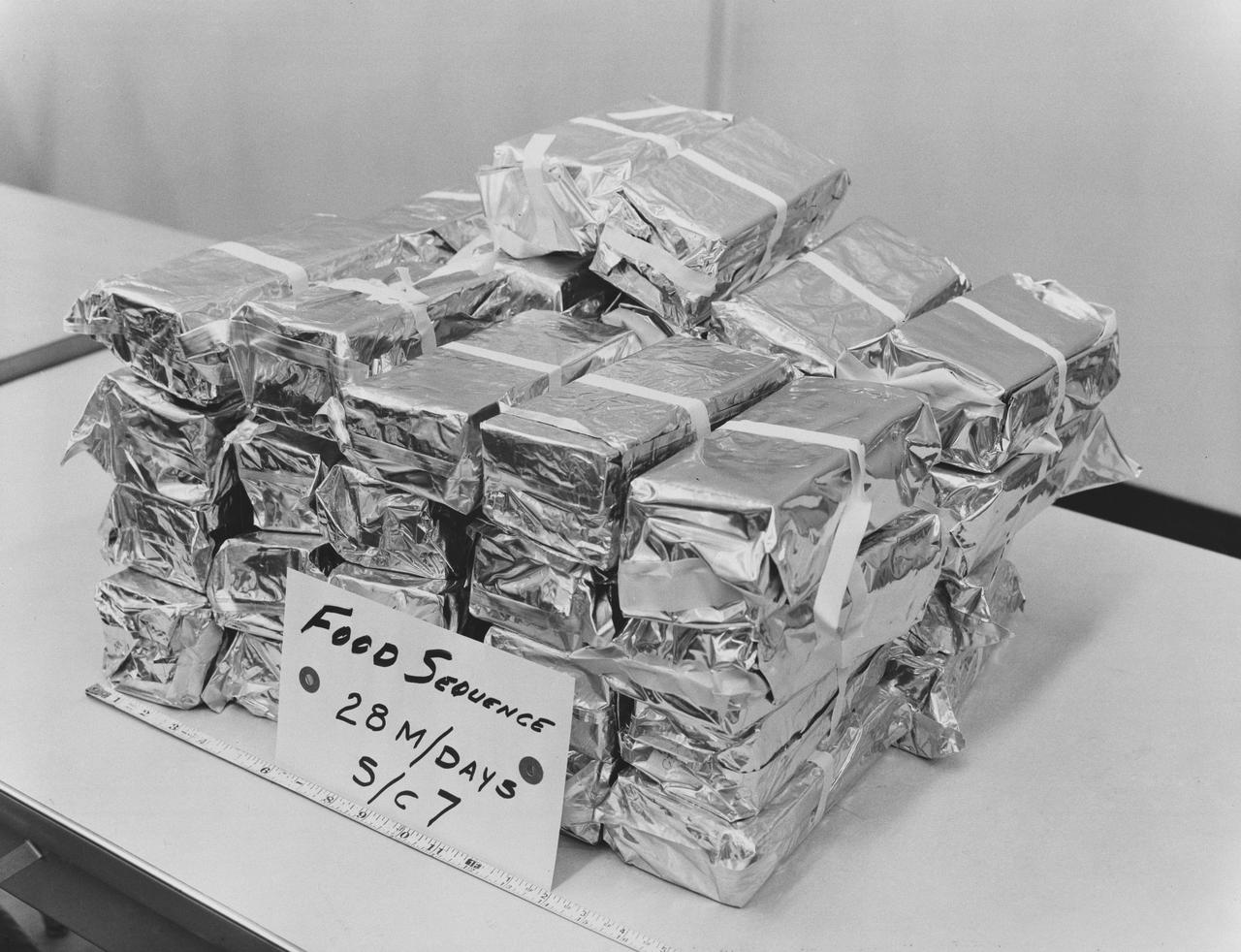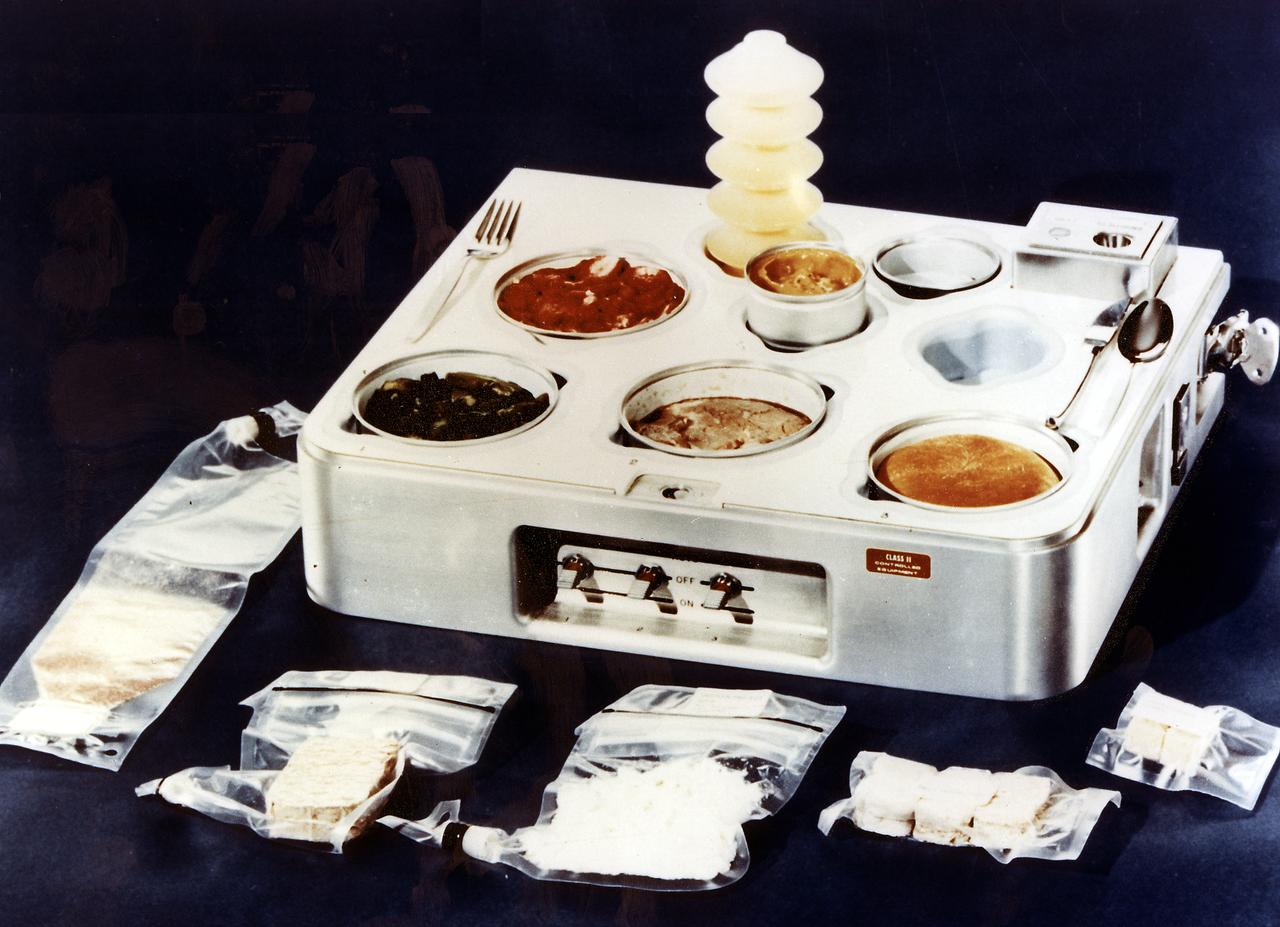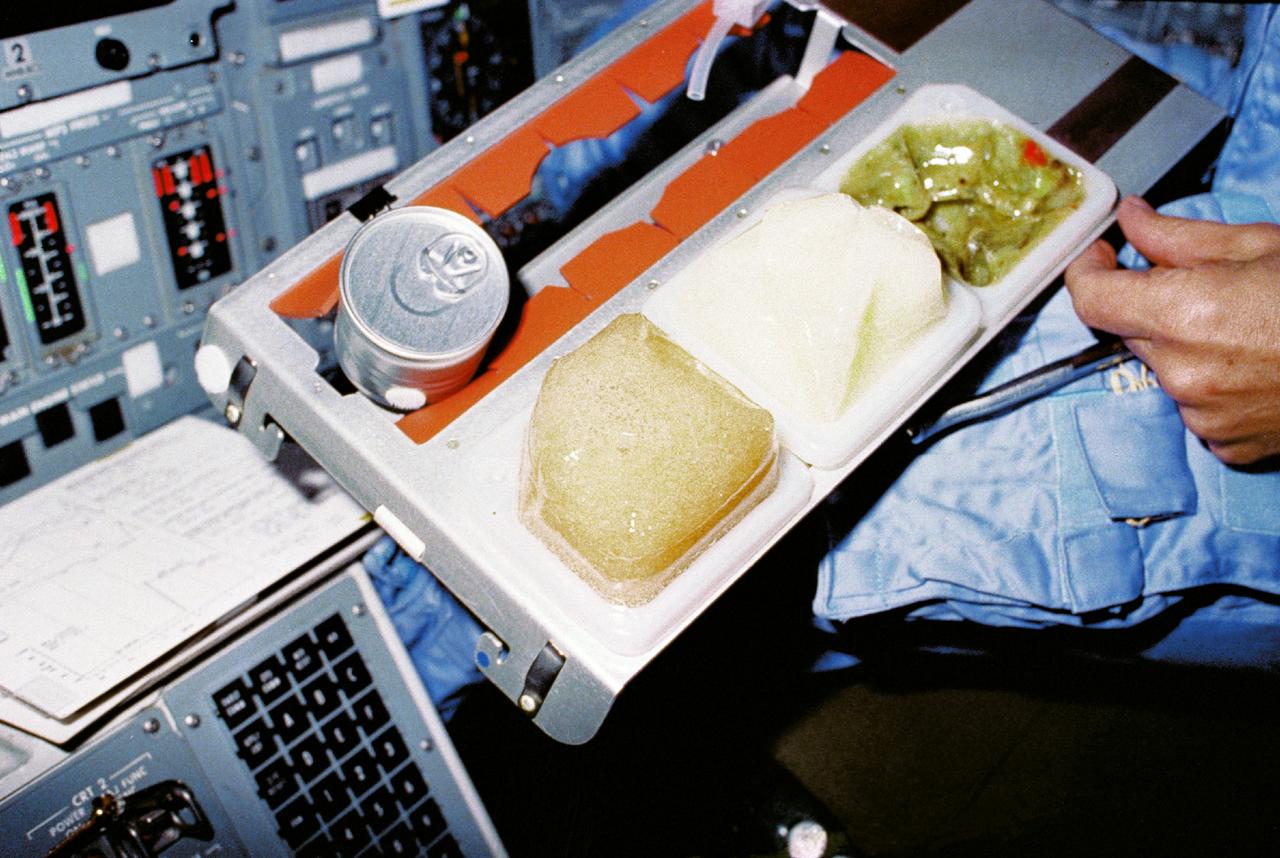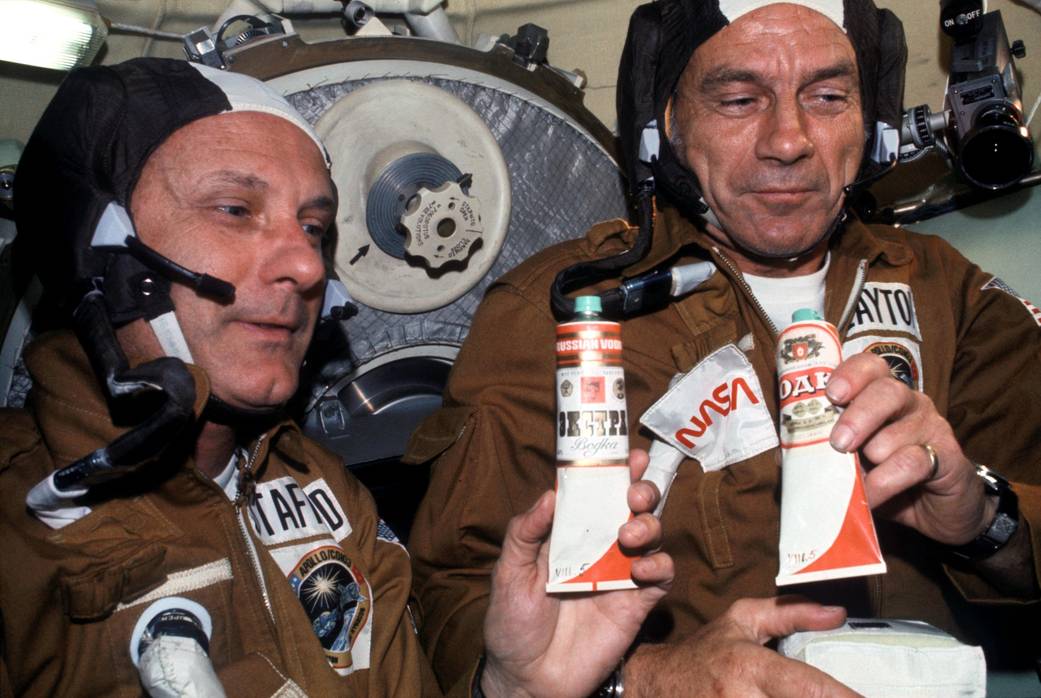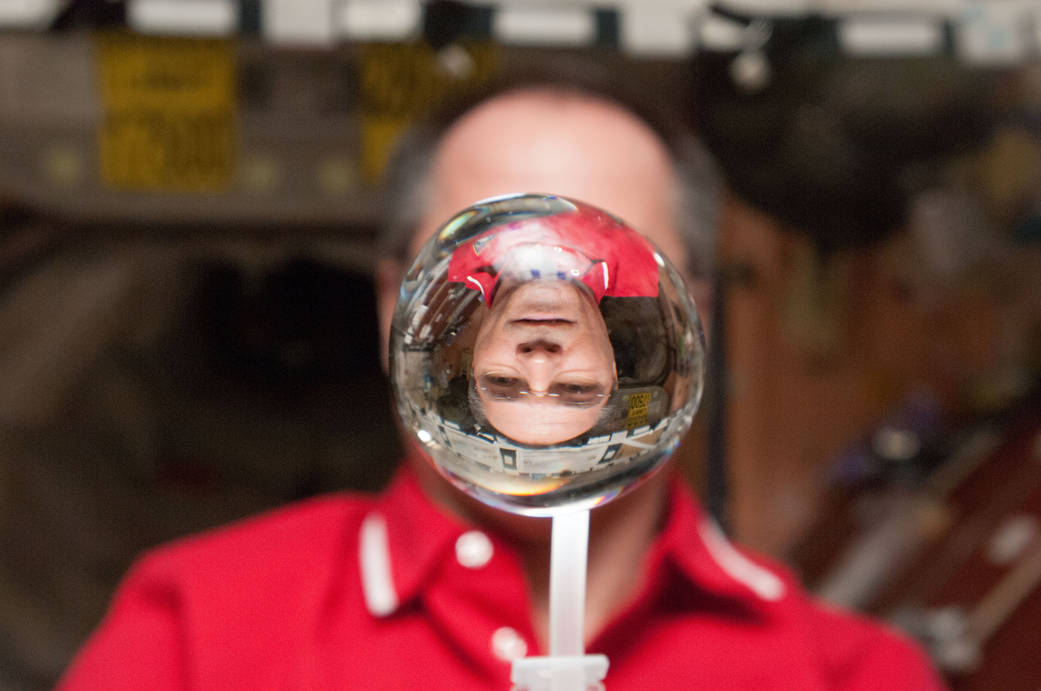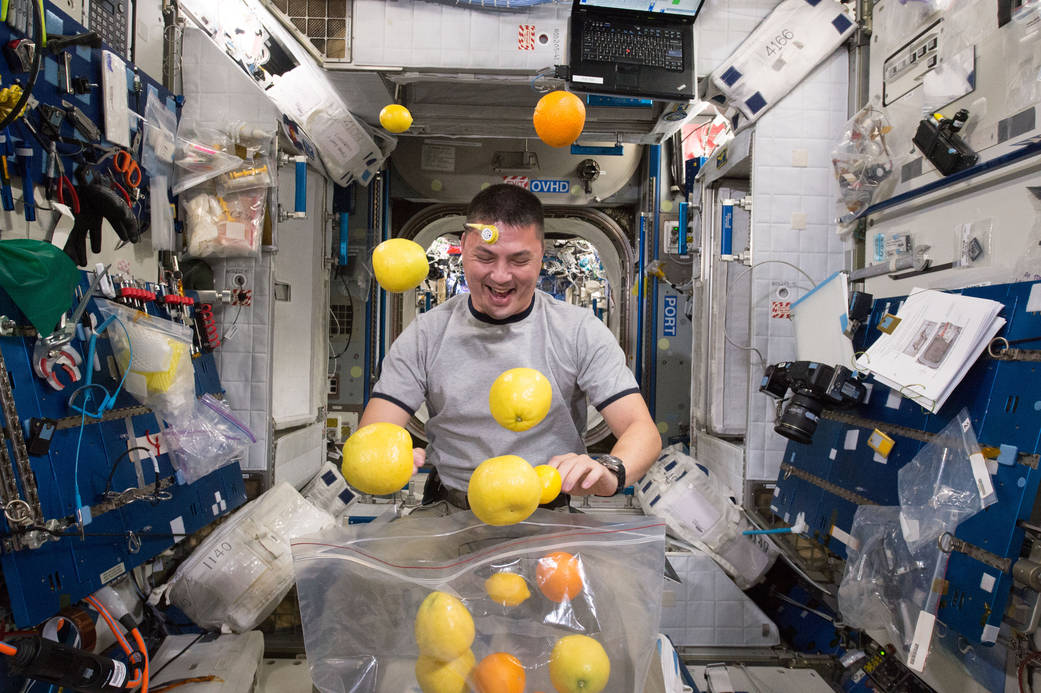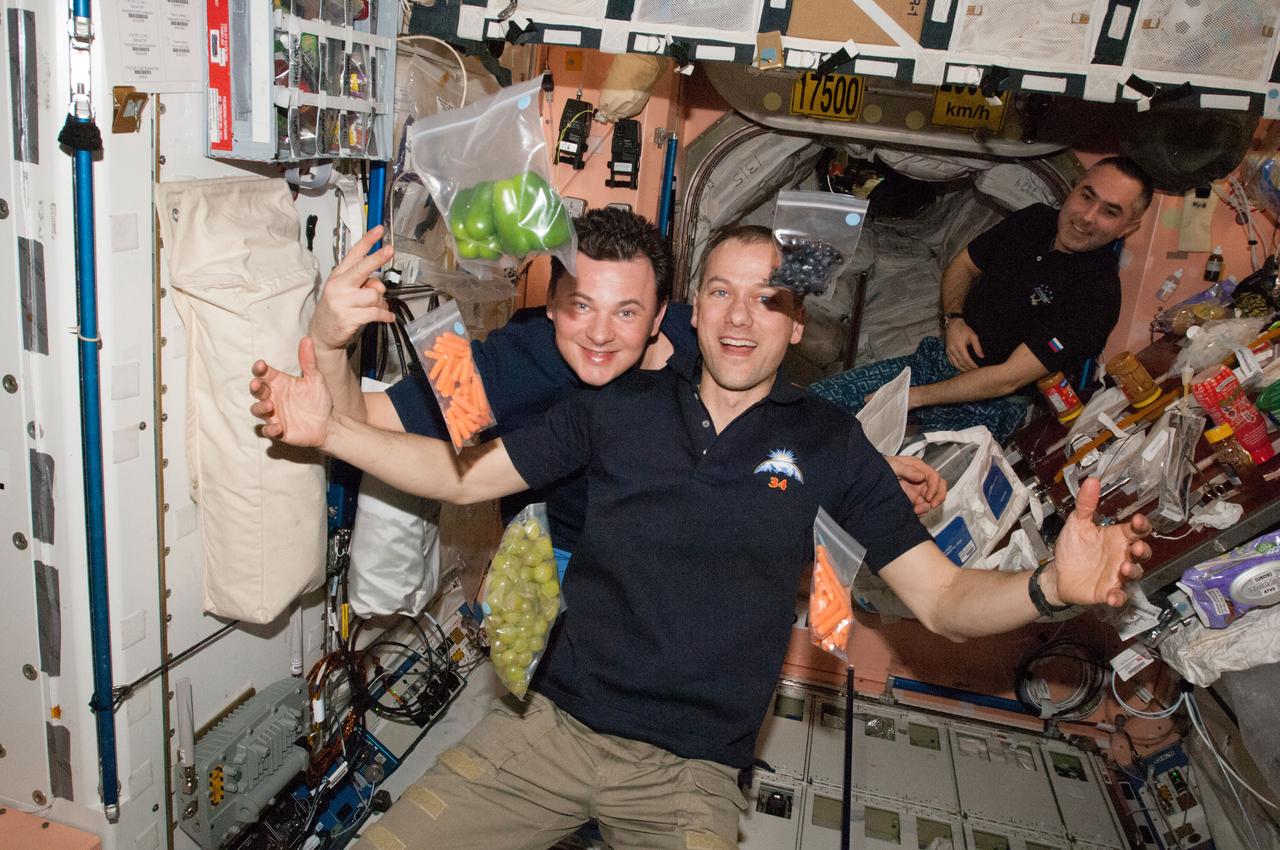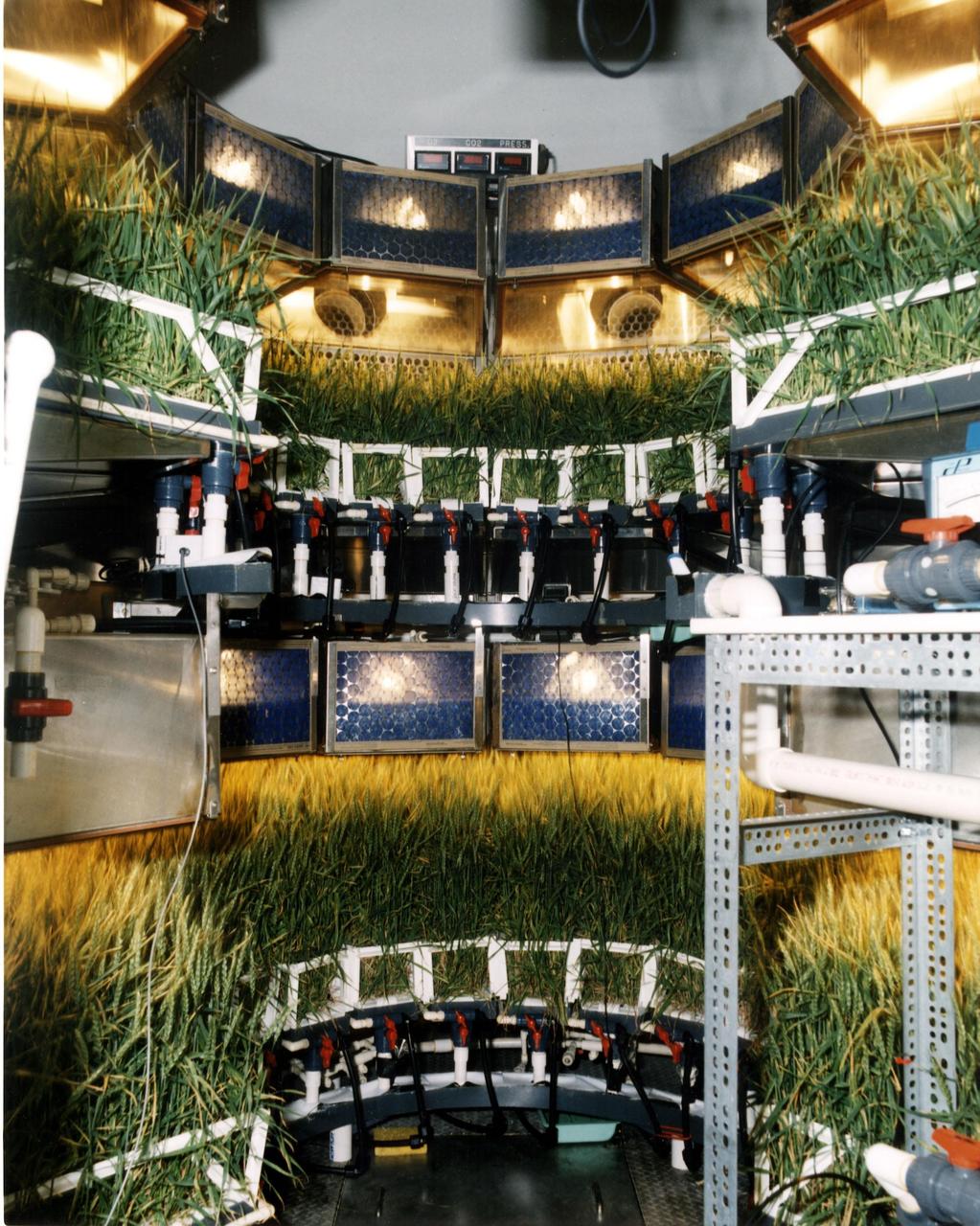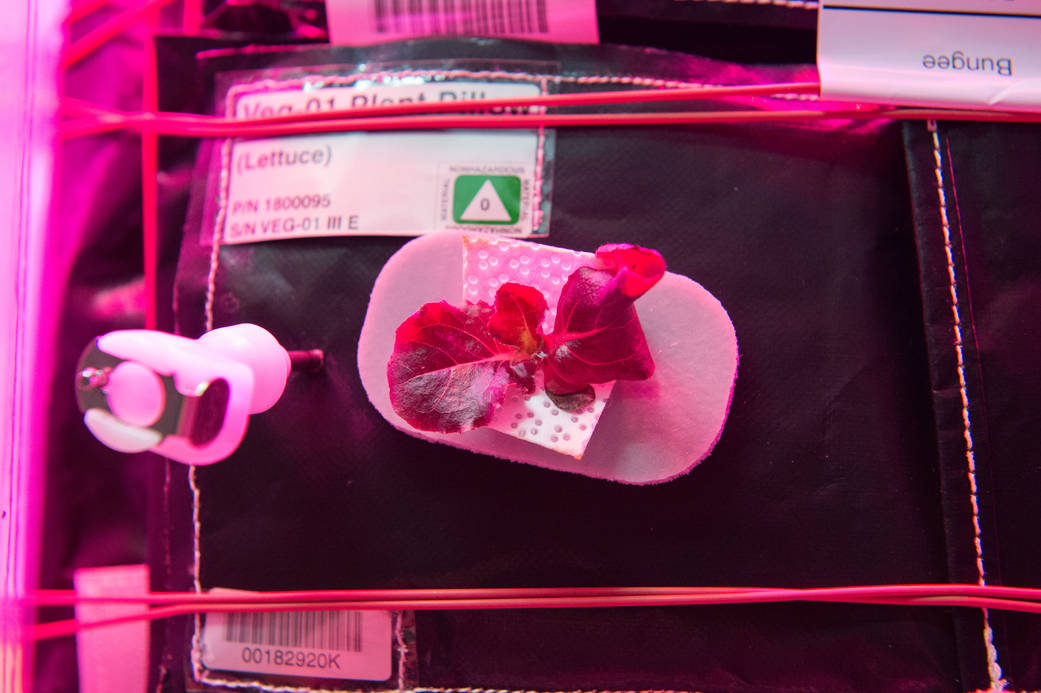Space Food | What People Eat In Space 🥫
No Grocery Stores Ahead!
People often wonder what do astronauts eat in space when there’s no grocery store to go too? Well, they eat specially prepared Space Food! It can’t be any old food though, it must meet strict requirements such as be nutritious, high energy, easy to store prepare and consume in the weightlessness of space. Space food once came in a tube or was freeze-dried, nowadays it’s much more palatable!
Quick Space Foods Summary
The nutrition of space food is very important in maintaining the health and optimal performance of astronauts before, during and after spaceflight. The astronauts of Project Mercury and Project Gemini may have been given nutritious food, but they had to endure eating freeze-dried powders, tinfoil wrapped cubes and semi-liquids from aluminium tubes!
Over time, the quality of the food, packaging, storing and preparation dramatically increased through the Apollo and Space Shuttle program years; to the enjoyment of the astronauts!
Nowadays, nutritionists back on Earth specially design nutritious and appetizing food the astronauts enjoy, so long as the space food meets the following requirements;
- High-quality nutrition
- Relatively light or can be rehydrated on orbit
- It is safe to eat
- It is easy to prepare (as there are limited options for heating)
- Easily eaten in a near-weightless environment
- Easy to store for possibly several months or longer
- Social or physiologically beneficial food (such as fresh fruits or culturally distinctive foods which could be shared)
The packaging of space food is extremely important to help store and preserve the food for long periods. Russian cosmonauts typically eat out of tins which can be easily heated and used as the serving containers. NASA typically sends food to orbit in sealed grip-locked bags or vacuum packed bags to help preservation and storage.
What Type Of Food Do The Astronauts In the Space Station Eat?
Today, a wide variety of space foods are taken to orbit for short spaceflights or resupply missions to the International Space Station (ISS). Typical foods would include;
- Fresh fruits, vegetables and fresh tortillas –these are favourites with long-duration missions!
- Meals of rice & meat, pasta, hamburgers etc
- Extended life waffles, scones, bread
- Beef jerky, granola bars, nuts, cookies, chocolate as a snacks
- Condiments – oily pepper paste, mayo, ketchup, mustard etc
- And drinks such as freeze-dried coffee, tea and orange juice which can be hydrated in space from the recycled water!
Growing Food In Space For Future Long-Duration Missions
Learning how to grow plants in space is very important for NASA and for the success of future long-duration spaceflights by space travellers. Astronauts on the ISS have been growing lettuce while in space and in 2015 even started eating it! This development of ‘space gardening’ techniques is important for a number of reasons;
- The plants can be eaten as fresh vegetables which provides important nourishment for the body
- Eating these fresh foods helps with physiological factors
- Plants improve the quality of indoor air by taking the carbon dioxide out of the air and produce oxygen that the space travellers can then breathe! Win win win!
